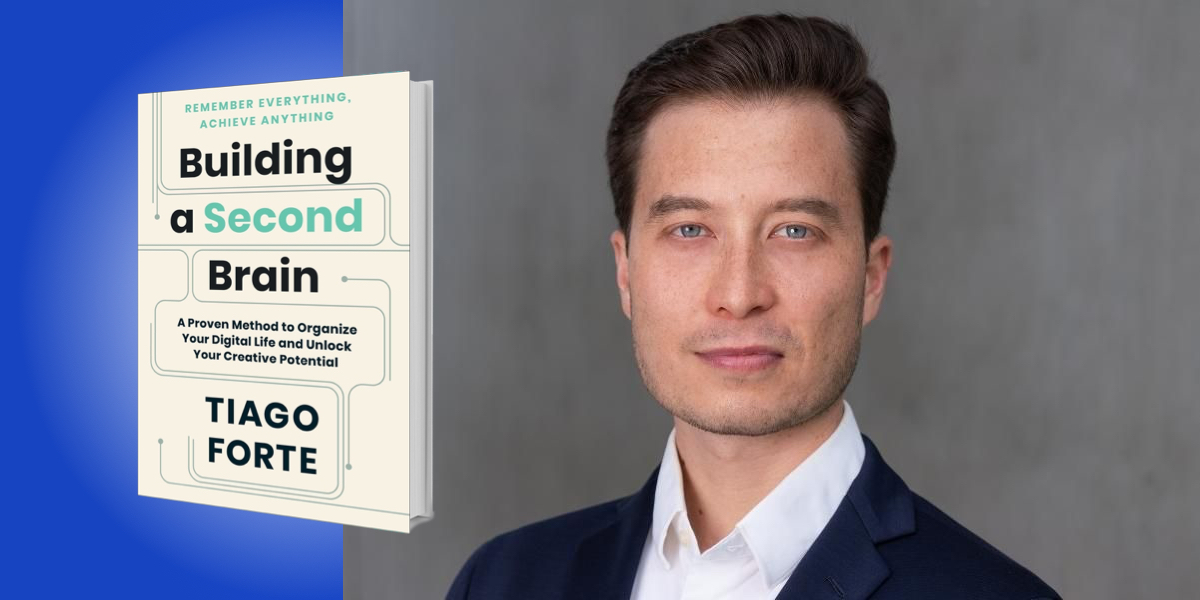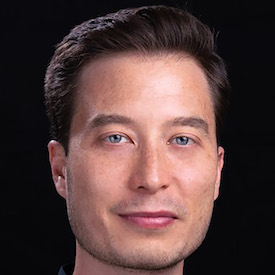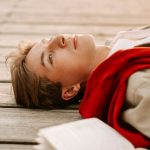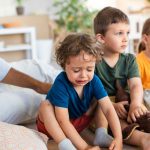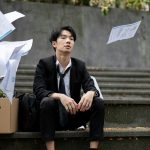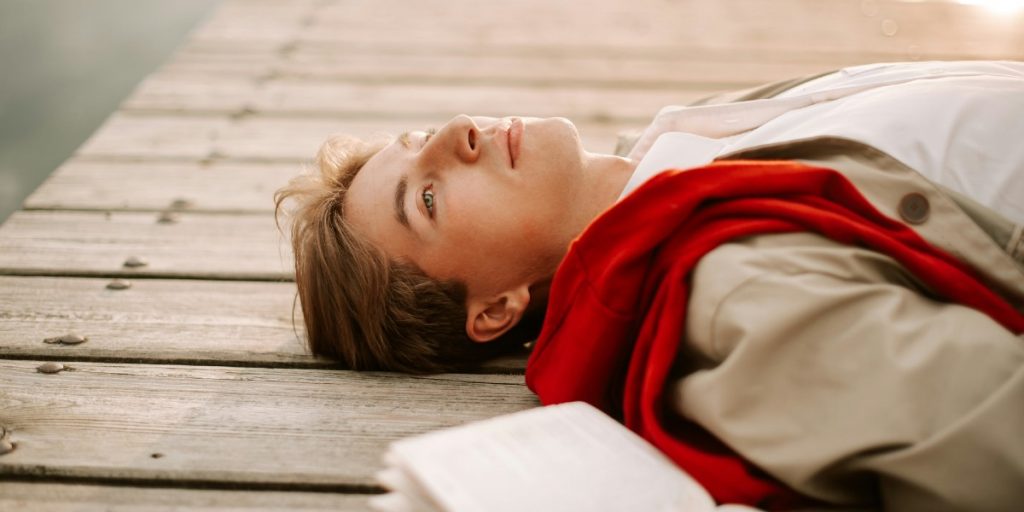Tiago Forte is a productivity coach and expert in the field of personal knowledge management. He founded Forte Labs, which teaches people how to maximize their creative potential.
Below, Tiago shares 5 key insights from his new book, Building a Second Brain: A Proven Method to Organize Your Digital Life and Unlock Your Creative Potential. Listen to the audio version—read by Tiago himself—in the Next Big Idea App.

1. Capture the insights all around you.
I teach people how to create a Second Brain—an app on your smartphone or computer where you save precious memories, insights, and life lessons, as well as excerpts from your reading and listening that you want to revisit again. Think of it like a private library filled only with the content you’ve decided is useful and relevant.
By saving valuable knowledge in one place, a piece of software can act like an extension of your mind—a Second Brain. Anytime you need to produce an output, compose a piece of writing, make a wise decision, or reflect on what you’ve learned, all the material you need is at hand, synced across every device and searchable on command.
The award-winning dance choreographer Twyla Tharp used a simple method for creating her dances. She called it “the box.” As she went about her days, and in her reading and research, she would save bits and pieces of inspiration in a file folder box for that specific project. In her own words, she would keep “notebooks, news clippings, CDs, videotapes of me working alone in my studio, videos of the dancers rehearsing, books and photographs and pieces of art that may have inspired me.” Those tangible artifacts became the raw material for her original feats of self-expression.
We constantly encounter interesting ideas and insights. Whether from a conversation, an article, or a podcast, we are awash in knowledge about how to work and live better. If you want to improve anything—productivity, health, finances, relationships—you don’t necessarily need more research. Start by writing down the knowledge you already have. I suggest using a notes app on your mobile device because this harnesses the timeless power of notetaking and supercharges it with modern technology. The notes are always with us on devices we carry everywhere.
2. Think small.
We’re constantly told to “think big” and set grand, audacious goals. But setting lofty goals doesn’t change anything. To ultimately enjoy the life we’ve created, we need a source of leverage that allows us to achieve more while putting in less effort over time.
“When you sit down to create something, it’s too late to do a bunch of new research. That research needs to already be done.”
Instead of thinking big, think small. Specifically, what are the smallest building blocks of your work which can fuel your imagination? Like a kid playing with LEGOs, the sheer number and variety of building blocks at your disposal directly contributes to the quality of the creative works you can produce.
If your output is slide presentations, start collecting images, graphs, and slide layouts. If you’re a writer, start assembling ideas for stories, character sketches, and photos of interesting locations. If you’re a designer, collect snapshots of colors, shapes, and patterns.
When you sit down to create something, it’s too late to do a bunch of new research. That research needs to already be done. By collecting building blocks at your fingertips, you’ll have options and never have to start from scratch. All that will be left is assembling them into something greater than the sum of its parts.
3. Diverge before you converge.
As part of work, we have to solve problems creatively and converge on a final product at the end of the day, week, or month. Our professional success and reputation depend on our ability to drive our efforts to completion.
But before you shut off new sources of information and converge on an end result, take time to diverge. Expand your horizons, expose yourself to diverse influences, and collect anything that resonates with you. Make sure you understand all the facets of the problem, including how others perceive it, before expending the energy needed to solve it.
“Expand your horizons, expose yourself to diverse influences, and collect anything that resonates with you.”
This process of divergence followed by convergence is present in every creative field. Writers diverge by collecting raw material for the story they want to tell, sketching out potential characters, and researching historical facts. They converge by making outlines, laying out plot points, and writing a first draft. Photographers diverge by taking photos of things they find interesting, juxtaposing different kinds of photos together, or experimenting with lighting or framing techniques. They converge by choosing shots for a collection, archiving unused images, and printing their favorites.
Many problems are timeless and reoccurring, meaning it is likely that someone has solved it before. You can borrow their thinking and build on what they’ve accomplished. When it comes time to converge on your own solution, you’ll have considered the problem from more angles and thus will be able to draw on a wider variety of solutions.
4. Prune the good to surface the great.
We often think we need to add more to improve the quality of our work. More research, more details, more evidence, more explanation. But another way to find quality is by removing the merely good parts so that the great ones shine more brightly.
Every idea has an essence: the heart and soul of what it communicates. It might take hundreds of pages and thousands of words to fully explain a complex insight, but there is always a way to convey the core message in a sentence or two. For example, Einstein famously summarized his revolutionary theory of physics with the brief equation E=mc2. This is the act of distillation, and it has been practiced by artists, sculptors, musicians, and scientists for hundreds of years.
“If you want to make the outputs of your creativity better, consider stripping away whatever is not essential, saving it in your notes in case it comes in handy in the future.”
In whatever project you are working on, the soul of your idea can easily get obscured by unnecessary details. If you want to make the outputs of your creativity better, consider stripping away whatever is not essential, saving it in your notes in case it comes in handy in the future.
Simpler ideas are easier to communicate, improve, and for others to contribute to. The smaller and more succinct your ideas, the more elegantly they can be applied to new situations.
5. You only know what you make.
We live in a time of Information Overwhelm, but that syndrome is largely self-afflicted. We don’t want to shut off the endless torrent of information because although it causes stress, it also provides a rich stream of education, connection, and community.
There will come a time when your research and learning is put into action. Before you feel ready, before you have answers, and before you’ve consumed every last bit of advice. The bottleneck on your creative potential is not having one more fact in hand, but the courage and determination to strike at an opportunity before it passes.
The 18th-century philosopher Giambattista Vico once said, “Verum Ipsum Factum,” which translates to “You only know what you make.” Until you make something out of the knowledge you’ve acquired, it’s merely a passing thought. Until you’ve tested your theories, you’ll never know if they work. That’s why productivity is an essential part of creativity and learning, and why your Second Brain isn’t just a storage system, but a system for taking action.
To listen to the audio version read by author Tiago Forte, download the Next Big Idea App today:











